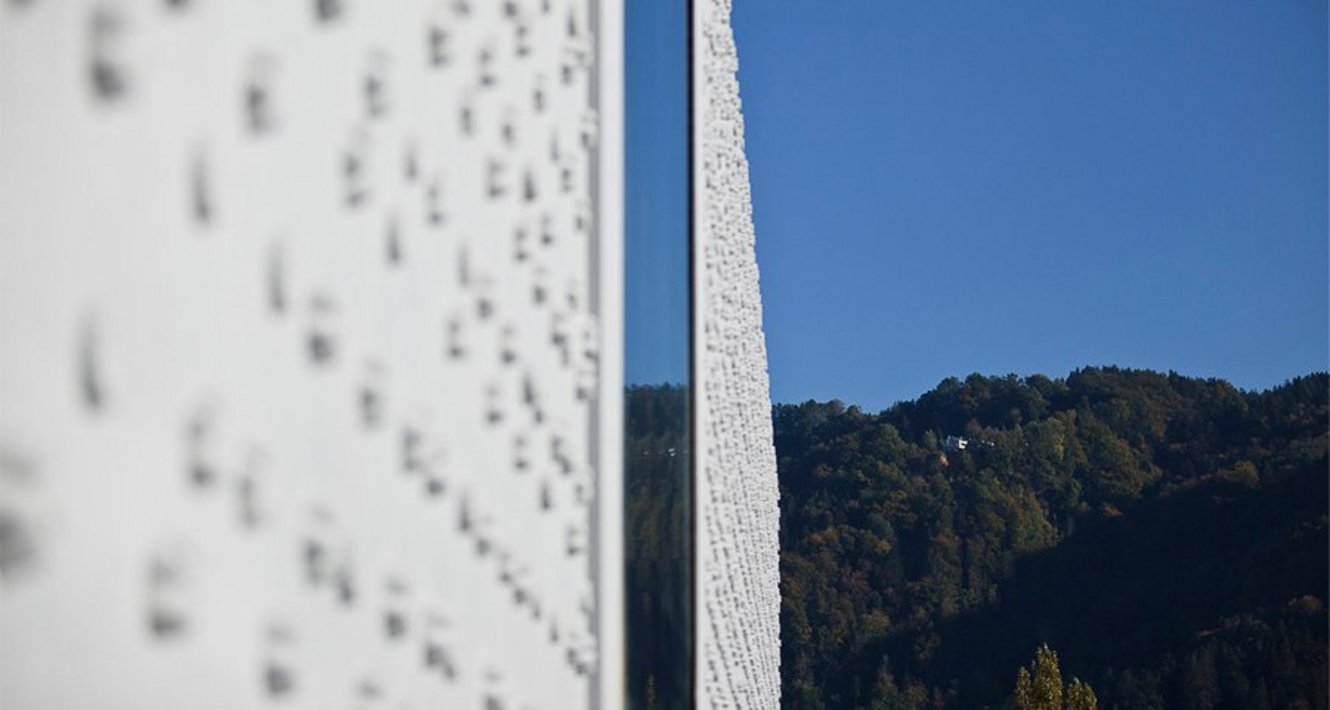For more than 150 years now the vorarlberg museum has been a place where local works of art are collected, conserved, researched and made accessible to the public.
We shall continue in the pursuit of our goal to create a contemporary museum which adequately reflects both continuity and change in our society. Our focus is on the cultural landscape of Vorarlberg, its past as well as its future development.
We aim to attract anyone who wants to learn more about Vorarlberg, locals and visitors alike.
In terms of content, we are concentrating on subjects which are of relevance to Vorarlberg while, at the same time, seeking to establish a national and even international context.
We recognise our moral responsibility to create and cultivate an open-minded but critical awareness of history, which, in our opinion, is a key factor for our future development.
Using past and present eyewitness accounts and original artefacts, we seek to harness the museum’s potential to appeal to the senses as well as to impart intellectual knowledge. Our aim is to create a vibrant dialogue between man and object.
We are addressing contemporary issues in the light of history’s many facets and contradictory aspects.
Our visitors can take advantage of a diversified and tailor-made exhibition and educational programme which we have developed to meet the requirements of various target groups.
Our substantial collections spanning archaeology, history, history of art as well as Vorarlberg folklore are continuously being enlarged and updated and serve as the basis for all our activities.
We ensure we continually meet the highest quality standards for our scientific work by exchanging with scientists and creative artists as well as networking with museums, universities and research institutes at home and abroad. We are particularly interested in co-operations with regional cultural institutions.
We adhere to the ICOM Code of Ethics for museums: A museum is a non-profit, permanent institution in the service of society and its development, open to the public, which acquires, conserves, researches, communicates and exhibits the tangible and intangible heritage of humanity and its environment for the purposes of education, study and enjoyment.

